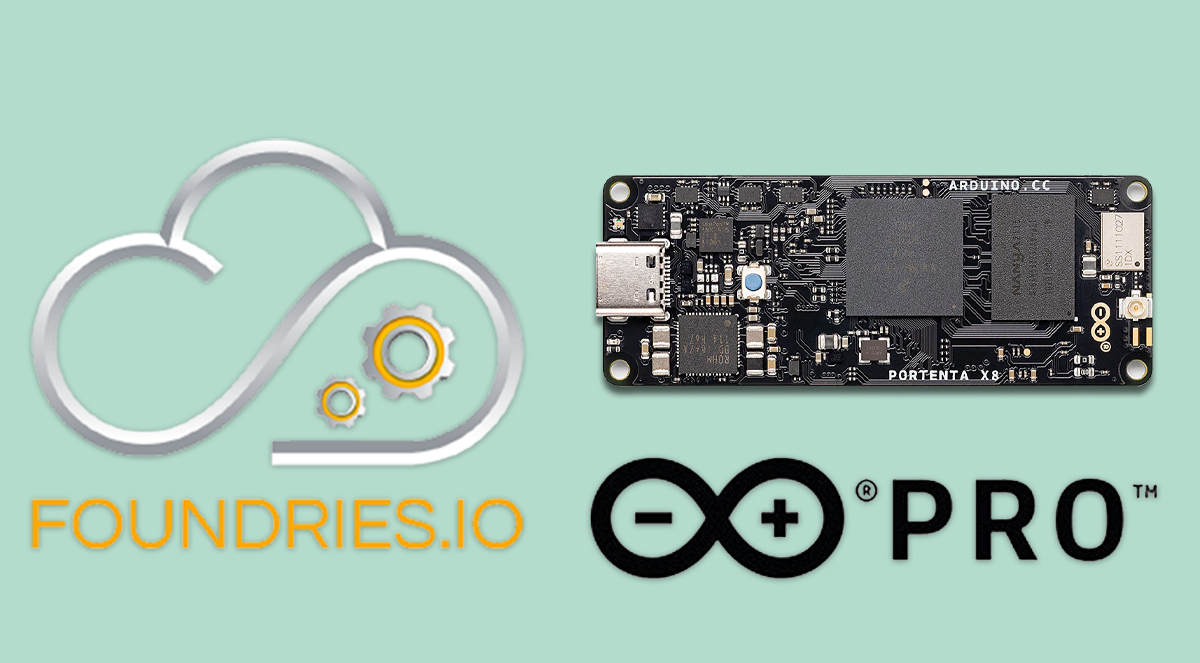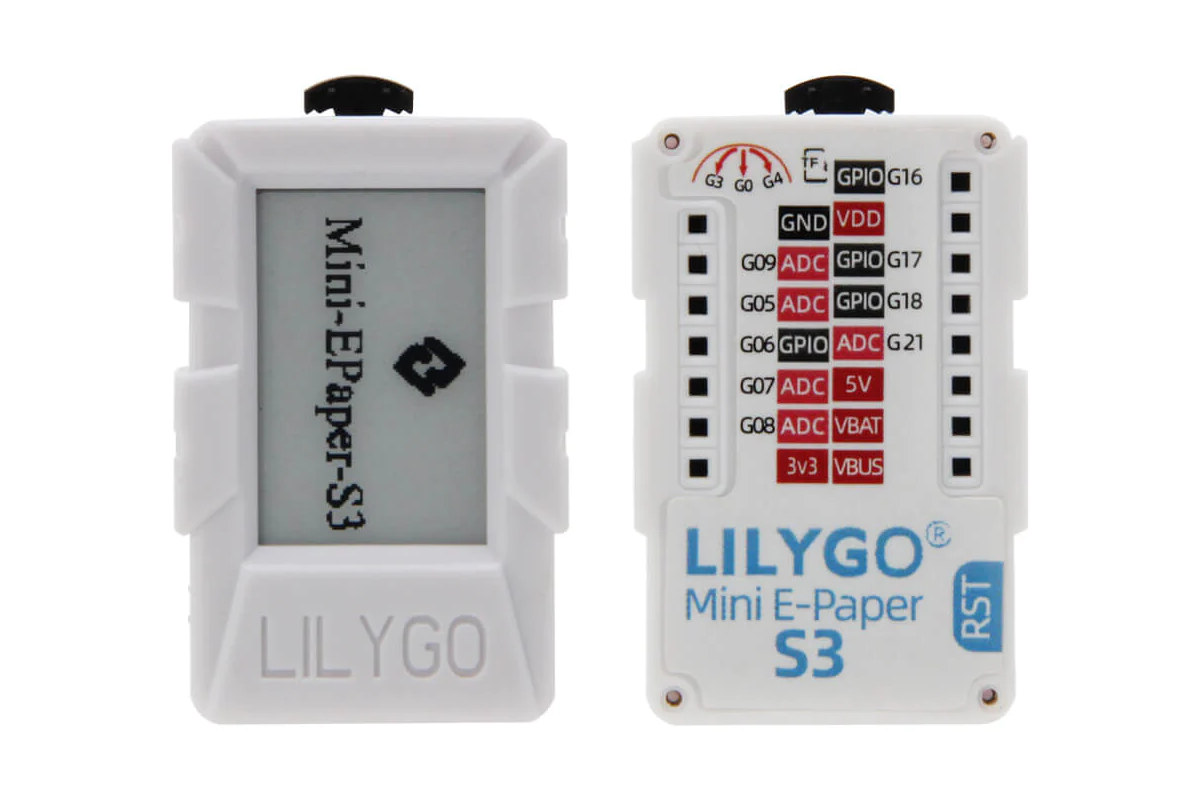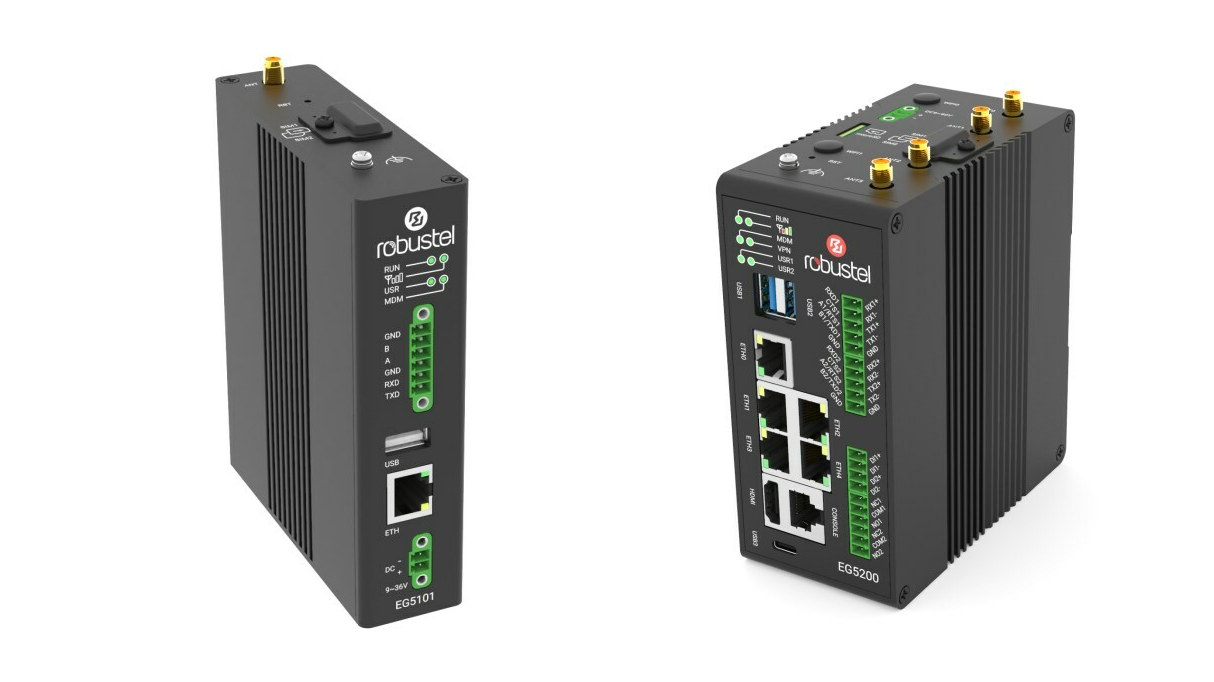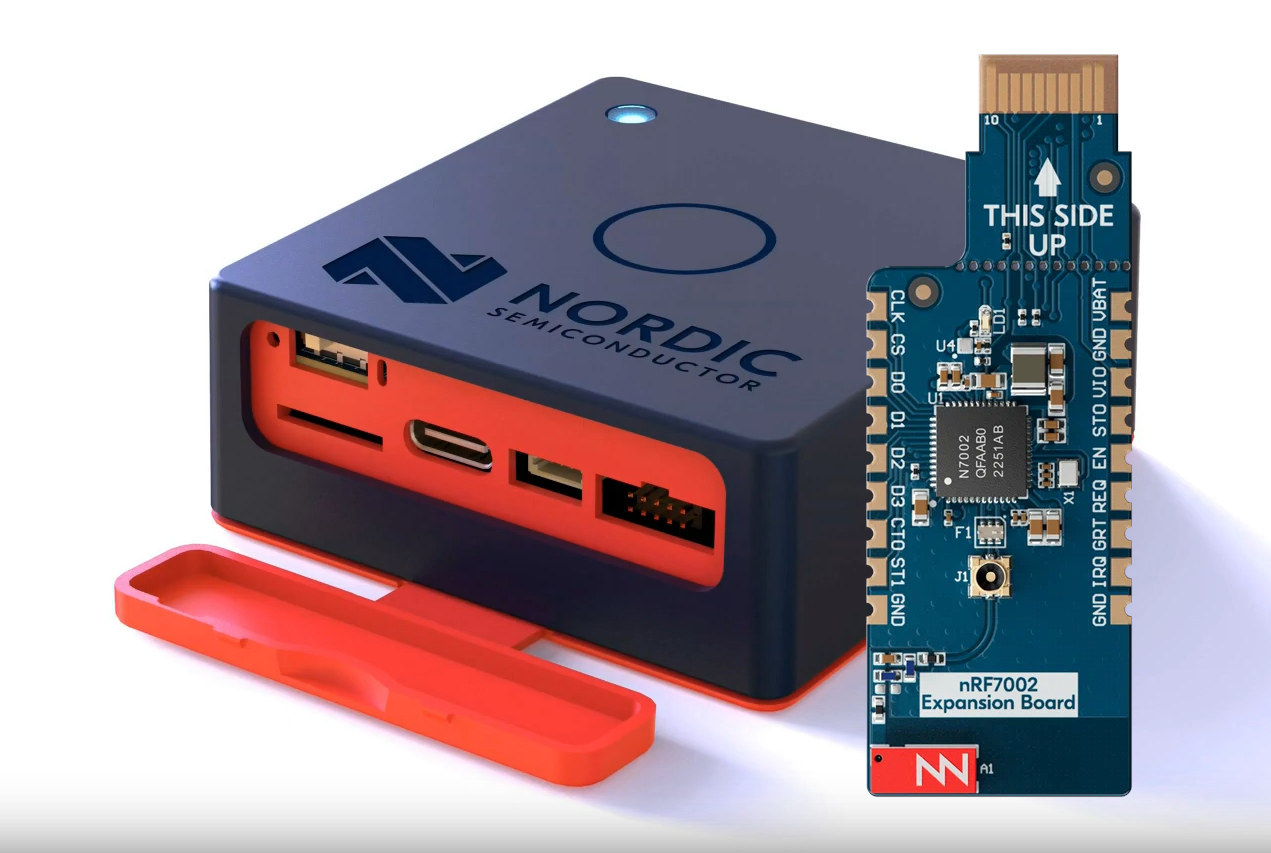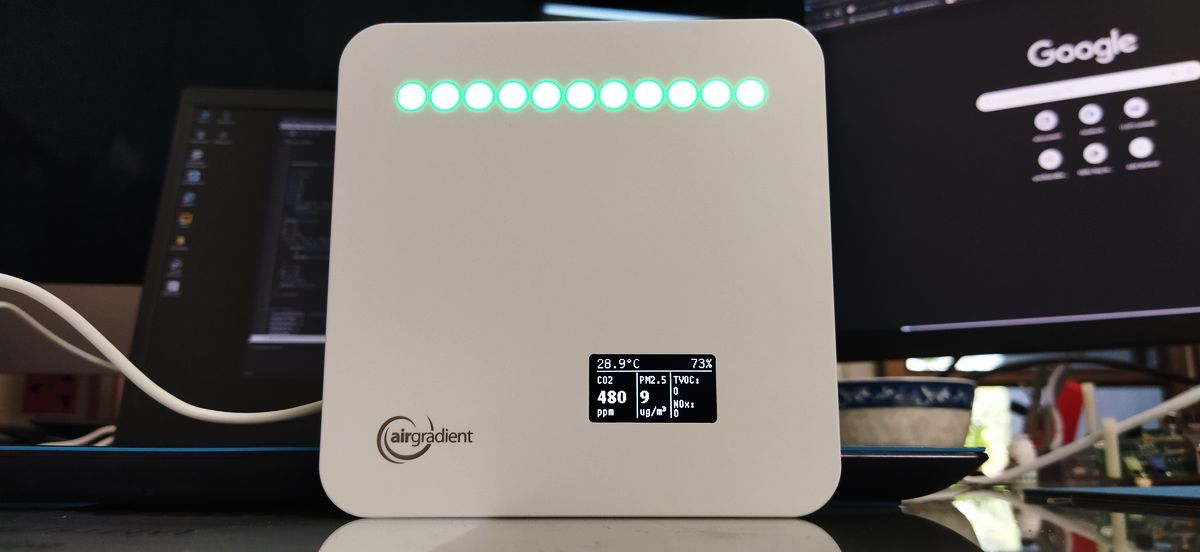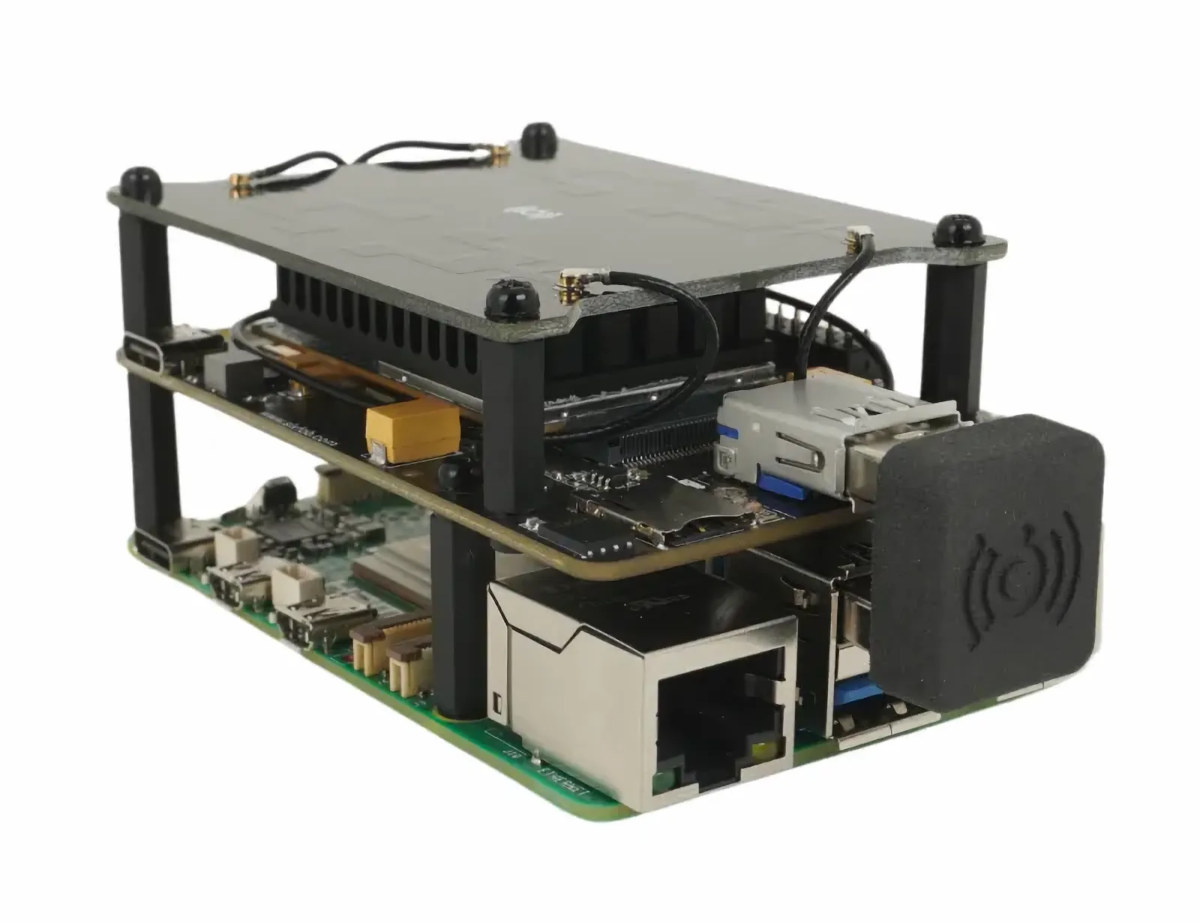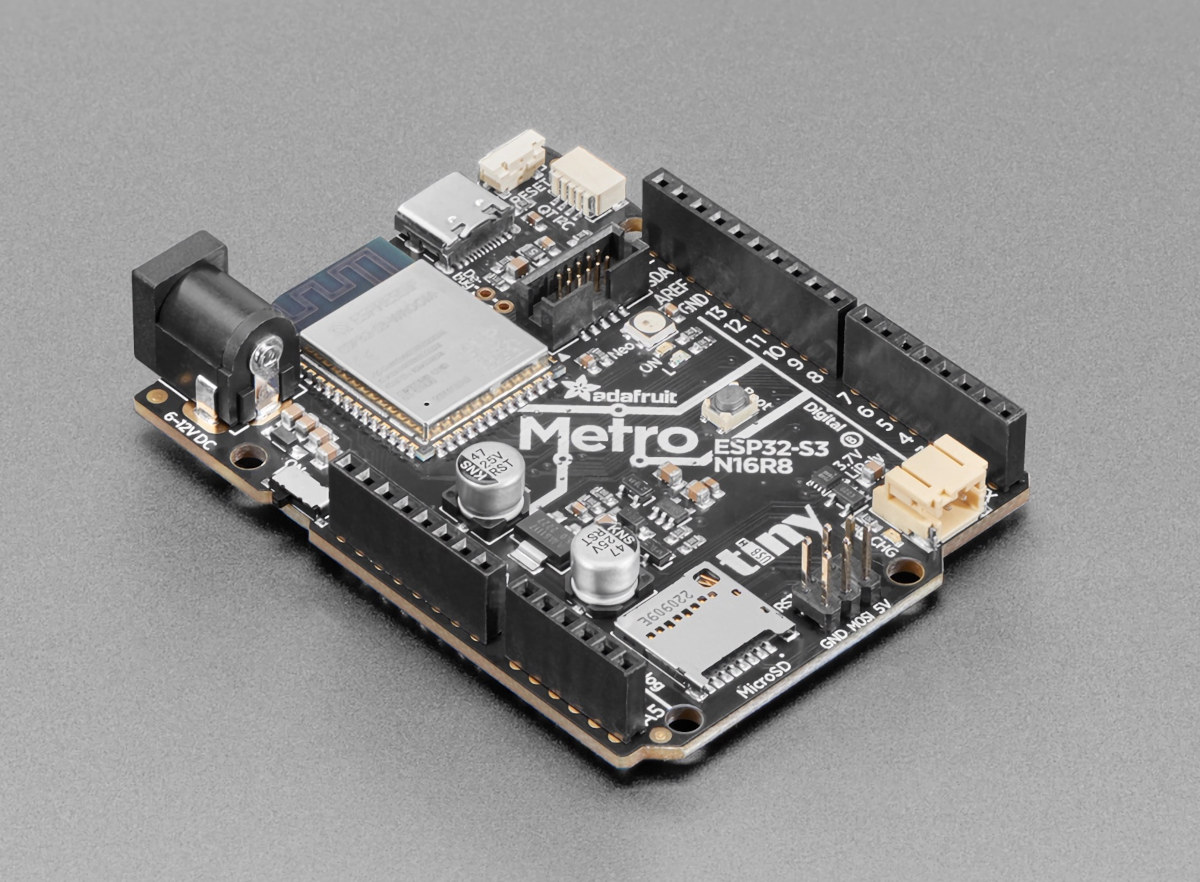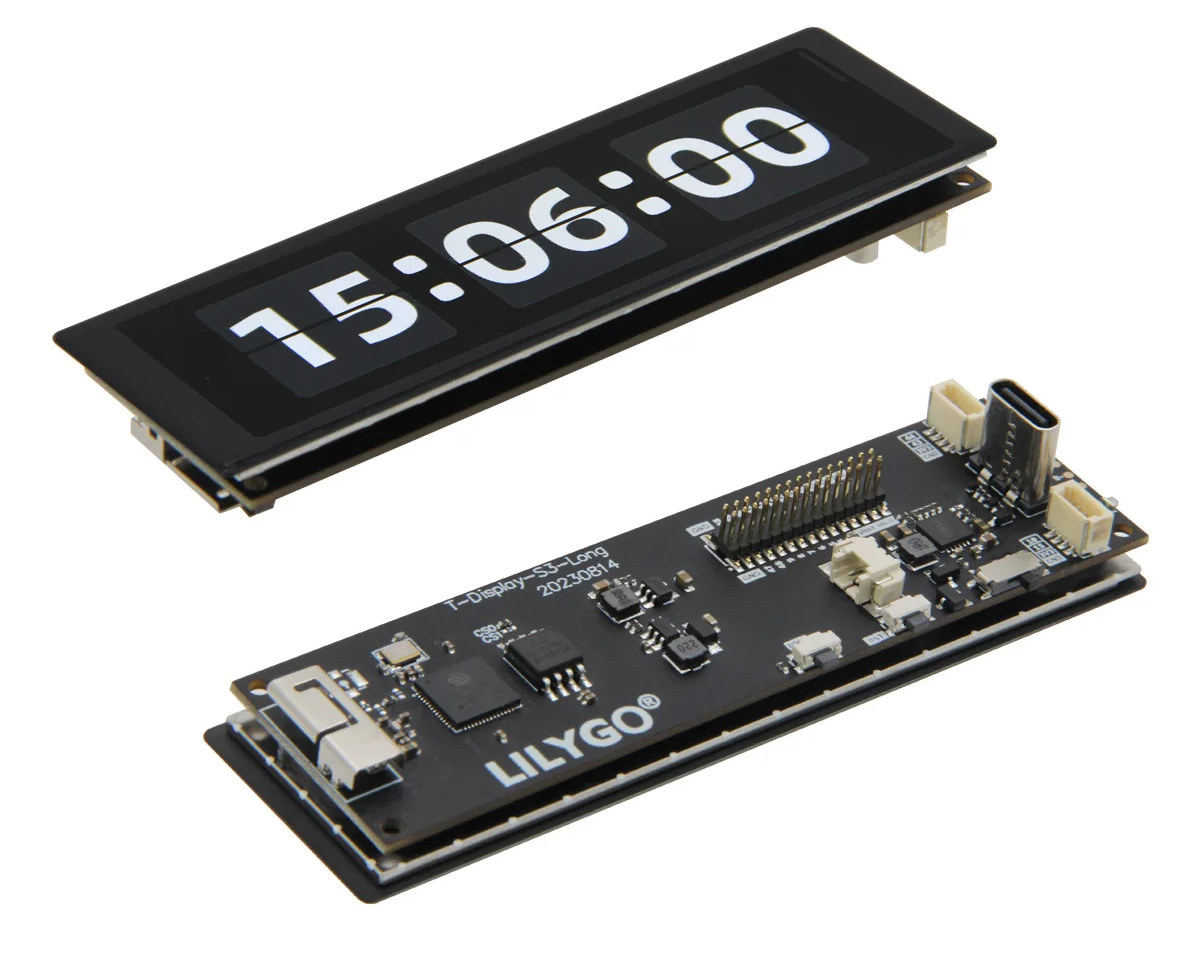Foundries.io, in collaboration with Arduino, has integrated its security software into the Portenta X8, making it the first system-on-module (SoM) to achieve CRA Compliance with the European Union’s Cyber Resilience Act (CRA). Last year, we covered the Portenta X8, Arduino’s first board with an Arm processor running Linux with expansion capabilities with add-ons such as the Portenta HAT Carrier Board, and you’ll find more details about the hardware in those posts. This new EU’s CRA specifies minimum security for all IoT devices in Europe from 2025. This includes: Establish standards for secure products with digital elements throughout the EU. Require manufacturers to focus on security at every stage of a product’s life. Increase user awareness of a product’s cybersecurity features. Demand that Original Equipment Manufacturers (OEMs) quickly address vulnerabilities in devices already in use. All these rules will be applicable for the full lifespan of the devices. Under the upcoming […]
LILYGO Mini E-Paper Core IoT controller gets ESP32-S3 wireless microcontroller
LILYGO Mini E-Paper Core has gotten an upgrade to the ESP32-S3 wireless microcontroller. The IoT controller was first introduced in 2021 with an ESP32-PICO-D4 system-in-package, a 1.02-inch E-Paper display, and a few GPIOs on the back, and the company kept the same design for the ESP32-S3 model called “Mini E-Paper Core S3”. The tiny ESP32-S3 IoT controller can still be used for integrated into your own project, and the company also provides several shields with nRF24L01 2.4GHz wireless or 433/868 MHz “LoRa” connectivity to transform the device into a longer range IoT device. Mini E-Paper Core S3 specifications Wireless SoC – Espressif Systems ESP32-S3FN4R2 CPU – Dual-core Tensilica LX7 @ up to 240 MHz with vector instructions for AI acceleration Memory – 512KB RAM, 2MB PSRAM Storage – 4MB flash Wireless – 2.4 GHz WiFi 4 and Bluetooth Storage – MicroSD card socket Display – 1.02-inch e-paper display with 128×80 […]
Robustel introduces EG5101 and EG5200 Debian 11 industrial IoT gateways with 4G LTE cellular connectivity
Robustel introduced the EG5101 and EG5200 industrial IoT gateways running Debian 11 a few weeks ago, both with 4G LTE cellular connectivity, but the NXP i.MX 6ULL-based EG5101 has a more compact design, while the NXP i.MX 8M Plus-powered EG5200 provides more I/Os and resources. Expanding the earlier EG5100, EG5120, and LG5100 models from the company, the two edge computing gateways target Industry 4.0 and smart infrastructure applications and enable real-time analytics at the edge with lower latency than running workloads in the cloud. Robustel EG5101 and EG5200 SoC/Memory/Storage EG5101 NXP i.MX 6ULL Cortex-A7 32-bit processor @ 792 MHz 512MB to 1024MB DDR3 8GB eMMC flash EG5200 NXP i.MX 8M Plus quad-core Cortex-A53 64-bit processor @ 1.6 GHz with 2.3 TOPS NPU 4GB DDR4 32GB eMMC flash, microSD card socket Connectivity EG5101 1x 10/100 Mbps Ethernet port 4G LTE with 1x SMA-K antenna connector, 2x Mini SIM (2FF) EG5200 5x […]
nRF7002 Expansion Board adds WiFi 6 to Nordic Thingy:53 devkit
Nordic Semi keeps adding more nRF7002 WiFi 6 boards with the launch of the nRF7002 Expansion Board adding WiFi 6 connectivity to the Thingy:53 IoT prototyping platform and transforming it into an all-in-one wireless devkit with Matter, Bluetooth Low Energy, Thread, and WiFi 6 support. The new “nRF7002 EB” board follows the nRF7002 DK development kit combining the nRF7002 WiFi 6 with nRF5340 multiprotocol wireless SoCs, and the nRF7002 EK evaluation kit in Arduino UNO shield form factor adding WiFi 6 to existing Nordic development kits. nRF7002 Expansion Board specifications: Chipset – nRF7002 Wi-Fi Companion IC with support for features such as OFDMA (Orthogonal Frequency Division Multiple Access), Beamforming, Target Wake Time, and SSID-based locationing Antenna – 2.4 GHz / 5 GHz ceramic antenna I/Os Castellations for all pins on nRF7002 Thingy:53 expansion connector with SPI and a 3-wire coexistence interface to allow seamless coexistence with other wireless protocols Misc […]
AirGradient ONE Kit Review – An open-source indoor air quality monitor
The product we are reviewing today is the “AirGradient ONE” air quality monitor kit which is an updated version of the earlier AirGradient air quality monitor. The device is equipped with sensors from Sensirion and Plantower, allowing it to measure many air quality parameters such as CO2, PM2.5, TVOCs, NOx, temperature, and humidity. It is an indoor air quality monitor that is both open-source software and open hardware. This means that the Arduino source code, schematic diagrams, PCB, and 3D models of the enclosure are available to developers. AirGradient ONE DIY Kit Unboxing The device was packaged within a cardboard box, with a greeting card from the manufacturer. The card features a QR code linking to a webpage with the installation guide. Since I requested the Kit version (there’s also a fully assembled model), some sensors were not pre-assembled and they were well-packaged in separate seals. The main PCB was […]
Raspberry Pi 5 gets 5G Modem HAT based on Quectel RM502Q-AE M.2 module
Sixfab has just launched a 5G Modem Kit for Raspberry Pi 5 with a Raspberry Pi HAT that takes Quectel RM502Q-AE 5G Sub-6GHz M.2 module working globally (except China), a “patent-pending” internal antenna for Sub-6 frequency bands designed by SixFab, and a USB 3.0 bridge connector. SixFab 5G modem Kit for Raspberry Pi 5 highlights: Sixfab 5G Modem HAT for Raspberry Pi 5 M.2 socket for 5G module Nano SIM card holder + embedded SIM USB 3.0 port and 40-pin GPIO header for connection to the Raspberry Pi 5 SBC Misc User button Status, power, and user (GPIO21) LEDs EEPROM for Raspberry Pi HAT compliance 2-pin fan connector Power Supply – 5V via USB Type-C port (on HAT itself) Dimensions – 88.1 x 57.7 x 21.7 mm Approvals – FCC, IC, CE, UKCA are in progress Quectel RM502Q-AE M.2 module 5G NR: 3GPP Release 15 NSA/SA operation, Sub-6 GHz LTE […]
Adafruit Metro ESP32-S3 WiFi and Bluetooth IoT board comes in Arduino UNO form factor
Adafruit Metro ESP32-S3 is an IoT development board with ESP32-S3 WiFi and Bluetooth wireless SoC, 8 MB PSRAM, and 16 MB Flash that follows Arduino UNO – or Adafruit Metro – form factor. The board also comes with two STEMMA QT I2C connectors for further expansion, comes with a microSD card socket for storage, a JTAG header for advanced debugging, and supports various power options with 6-12V DC via a DC jack, 5V DC via a USB-C port, and a 2-pin connector for a LiPo battery plus the board integrates charging and battery monitoring chip. Adafruit Metro ESP32-S3 specifications: Wireless module ESP32-S3-WROOM-1 MCU – ESP32-S3 dual-core LX7 microprocessor @ up to 240 MHz with Vector extension for machine learning Memory – 8MB PSRAM Storage – 16MB SPI flash Connectivity – WiFi 4 and Bluetooth 5 with LE/Mesh PCB antenna Certifications – FCC/CE certification Storage – MicroSD card slot USB – 1x […]
T-Display-S3-Long board features ESP32-S3 WiSoC, a wide touchscreen display
LILYGO has designed plenty of ESP32 boards with an integrated display, but the new T-Display-S3-Long may be suitable for different applications since the ESP32-S3 board comes with a wide 3.4-inch touchscreen display with 640×180 resolution. The WiFi and Bluetooth wireless display board is powered by an ESP32-S3R8 WiSoC with 8MB PSRAM, and comes with a 16MB SPI flash, two Qwiic connectors and a 30-pin header for expansion, a USB Type-C port for power, charging, and programming, and a 2-pin connector for an optional LiPo battery. T-Display-S3-Long specifications: Wireless MCU – Espressif Systems ESP32-S3R8 dual-core Tensilica LX7 @ up to 240 MHz with vector instructions for AI acceleration, 512KB RAM, 8MB PSRAM, wireless connectivity Storage – 16MB flash (W25Q128) Connectivity via ESP32-S3 2.4 GHz 802.11 b/g/n Wi-Fi 4 with 40 MHz bandwidth support Bluetooth Low Energy (BLE) 5.0 connectivity with long-range support, up to 2Mbps data rate. Bluetooth Mesh 3D antenna […]


